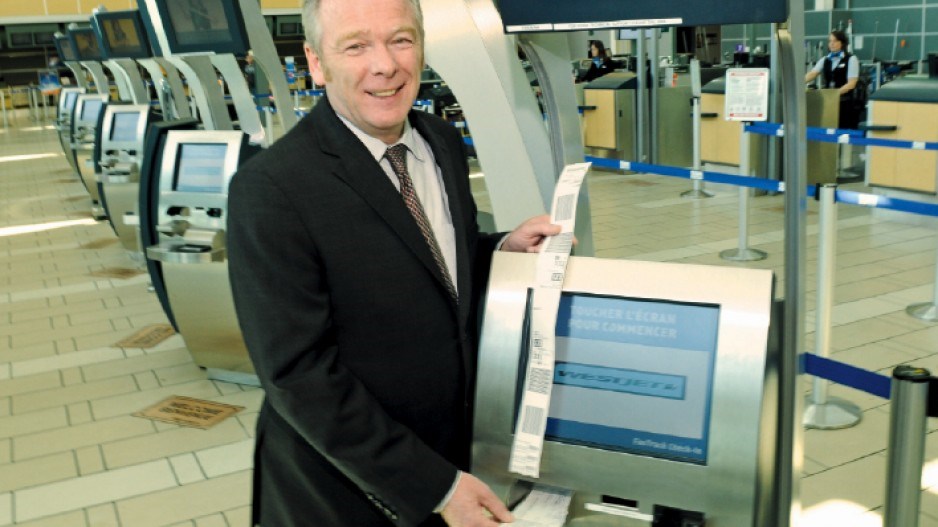Aberdeen Centre owner Thomas Fung wants his mall to house Metro Vancouver’s first permanent location outside Vancouver International Airport (YVR) where passengers can check in for their flights and drop their luggage.
He and participating airlines would pay to create the facility on the ground floor of a 120-unit condominium complex that he calls Aberdeen Centre’s Phase 2.
The move would reduce congestion at YVR and encourage people to shop at Fung’s 500,000-square-foot mall as well as a Phase 3 expansion. Phase 3 is slated for completion in early 2013 and would include 300,000 square feet of retail space.
Fung told Business in Vancouver that all major carriers except Cathay Pacific have tentatively agreed to contribute money to the project.
Air Canada spokeswoman Angela Mah said her airline supports the idea of having remote bag drops, but she would not speak specifically about Fung’s proposal, which requires approval from the Vancouver International Airport Authority (VIAA).
VIAA would then seek Transport Canada approval that the facility’s processes meet regulations.
Vancouver was an early pioneer for remote bag drops.
Transport Canada approved VIAA’s 2004 request to operate remote bag drops on cruise ships, which allowed passengers to leave luggage on the ship and separately head to the airport.
“We’d love to see a network of bag drops around Vancouver,” YVR’s vice-president of simplified passenger travel Kevin Molloy told BIV. “We’re interested in any location where there’s a critical mass of passengers.”
Molloy’s preference, however, is that Metro Vancouver’s first permanent luggage drop facility be downtown at a place like the Vancouver Convention Centre, where executives have agreed to lend the VIAA space.
Molloy estimated that it would cost $25,000 to install a kiosk and annual costs of $2,000 to maintain it, $300,000 to truck bags to YVR and likely more than $100,000 in wages for the facility’s staff.
Air Canada and Alaska Airlines teamed up in 2002 to provide Vancouver with what Molloy said were the first such kiosks in the world. Air Canada then chaired an International Air Transportation Association (IATA) committee made up of representatives from dozens of other airlines. That committee came up with an international standard that is followed worldwide.
In 2008, the VIAA again worked with IATA to establish a standard for self-service luggage drops that could be used by the general public at YVR. Passengers can now use an airport kiosk to get bag tags and then go to a central bag drop site where, for security, an attendant scans the tag and boarding pass. But there are two obstacles to a quick rollout of satellite bag drop facilities across Metro Vancouver:
- many airlines are promoting their own smartphone apps, which allow passengers to check in remotely, but smartphones can’t produce bag tags, which limits the number of people who would use remote luggage drops; and
- the U.S. government prohibits people who use remote bag drops from entering the country. •




